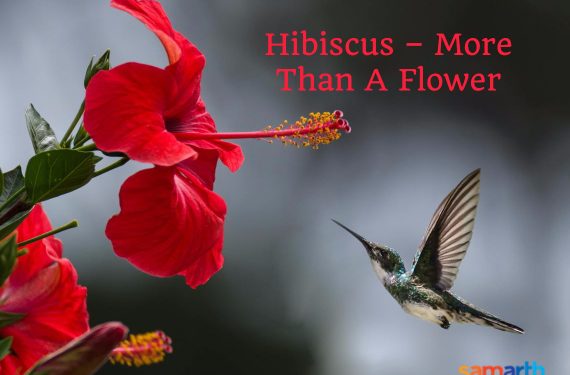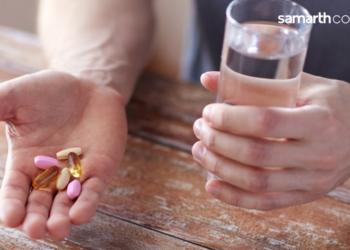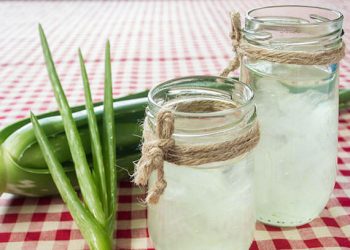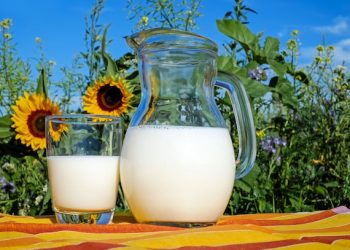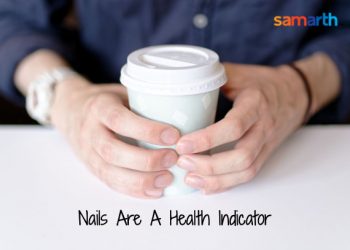If you ever visit Auroville in Pondicherry, you should try the Hibiscus ice cream is served as part of the natural ice creams menu. It is delicious and a big hit and also quite healthy too. Perhaps, you have heard of Hibiscus tea as being a medicinal one; but have you ever known more about that bright red flower from your garden? There are a few more varieties of this plant which gives out different coloured flowers too. But, red is what is most commonly seen and known to people, and in school biology classes, we have learnt of it as show flower.
Ancient Indian as well as a few other civilisations recognised this plant and flower for its medicinal benefits and treated it as a herb. Africans, Egyptians, Chinese, Europeans, Greek etc. are just a few of the civilisations across the world that have known and used the medicinal properties of this herb to combat various health issues.
Ayurvedic remedies using Hibiscus to treat certain diseases are quite common in India. There are quite a few benefits to be gained from this plant, and in many parts of India, like Kerala, the leaves of this plant is used as a natural shampoo and conditioner for the hair. Across the world, few countries use this plant and flower in cuisines, and a few others consider it auspicious and use it on good occasions.

Join Now >
Known benefits of Hibiscus
Hibiscus tea is what is very popular as it is has been proved to regulate blood pressure. It is said to be a natural diuretic, which is good for people with kidney issues. Lowering LDL (bad) cholesterol in the body is another of the benefits of consuming Hibiscus tea. This is so since the plant has compounds that prevent build-up in arteries, which helps it bring down the bad cholesterol levels. Moreover, perhaps, it is best consumed in the seasonal changes, as it also possesses the properties to build your immunity and help the body fight seasonal issues like cough and cold. What’s more, it also helps you have a healthy liver, which in turn is a boon and keeps many diseases at bay.
The concoction is said to improve one’s mood and therefore good for consumption for people with depression. As mentioned above, women in Kerala, crush the Hibiscus leaves in water and squeeze it thoroughly, which gives a kind of thick sticky texture to the water and use it to wash their hair. It is said to rid the scalp of dandruff, as well as maintain the dark colour. It also helps with hair loss. Dried Hibiscus flower powder is also sold as hair care in India, and it also enables you to keep lice at bay, naturally.
Many ancient Chinese texts talks about Hibiscus leave extract as an excellent cosmetic agent that delays the ageing and wrinkles. It is also said to act as an anti- UV agent, protecting the skin from the sun’s rays. Unverified inputs also suggest that this plant can help in wound healing.
There are Ayurvedic preparations made from Hibiscus that help women regulate their menstrual cycle, by lowering the estrogen levels in the body. It is also rich in antioxidants, which is what makes it an immunity booster and a medicinal plant.
The Hibiscus parts
Various parts of the Hibiscus plant are used in medicinal preparations, and the leaves, flowers, roots, barks and buds are used commonly. The flowers are used in cuisine in many parts of the world, while the tender leaves are used as a garnish for salads. Few cuisines use it as a colouring agent, due to the bright red colour that it brings to the food.
Note: While the benefits are many, the results may vary for people. If at all, you plan to use any of the Hibiscus based preparations, it is better to do so, after checking with your regular doctor and consulting a qualified Ayurvedic doctor, who should be told about your existing health issues.



